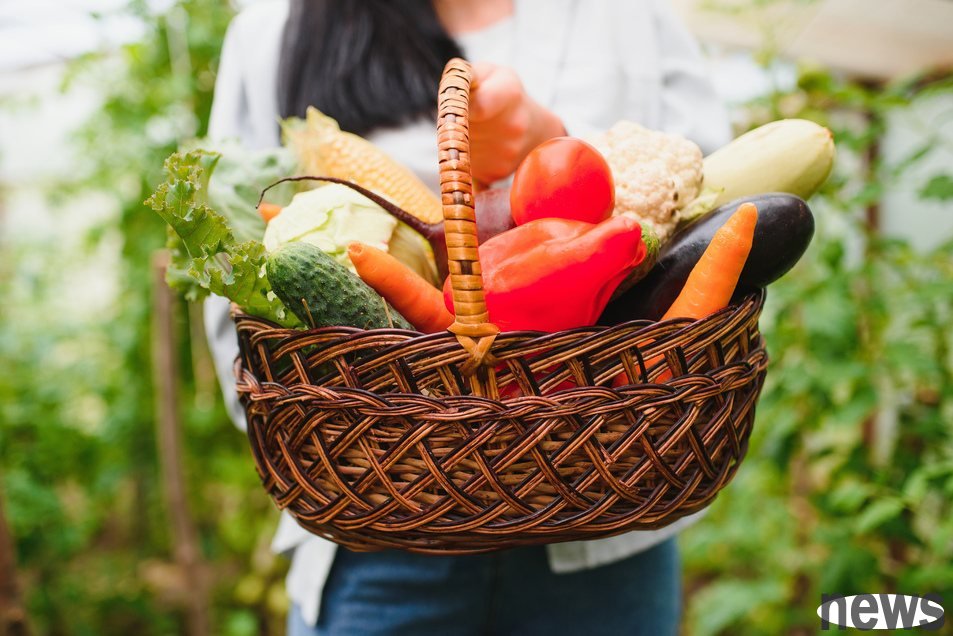As the fall is in decline, the American Academy of Health (AHA) has released a list of autumn fruits and vegetables, which is very helpful for the care of the heart and drink. These times make fruits and vegetables rich in fiber, antioxidants, vitam...

As the fall is in decline, the American Academy of Health (AHA) has released a list of autumn fruits and vegetables, which is very helpful for the care of the heart and drink. These times make fruits and vegetables rich in fiber, antioxidants, vitamins and minerals, and protect the cardiovascular system by reducing calcified sterols to reduce the accumulation of vascular plates. It is recommended that the vegetable intake is 2 and 1/2 cups per day, and the fruit is 2 cups. The "verywellhealth" website compiles nine of the introductions as follows:
PumpkinPumpkin is rich in vitamins, minerals, and antioxidants; pumpkin has high content of drilling elements, which helps maintain normal heart rhythm in electrolytic quality; pumpkin has a lot of β-Hushu, which can transform into vitamin A in the human body, has antioxidant characteristics, and helps protect cardiovascular diseases.
{9 Apple's fibers are soluble and insoluble, which not only lowers pyrosterols but also lowers blood sugar (blood sugar can affect heart rhythm and type 2 diabetes). Polyphenols have similar functions, not only lowering pyrosterols but also reducing inflammation and preventing abnormal thrombosis. PomegranatePomegranate This autumn fruit is rich in vitamin C and K. Vitamin C is very important and can protect the sclerosis and hypertension caused by impairment of the dysfunction. Vitamin K helps maintain normal hydration in the blood. It is not only important for maintaining normal heart rhythm, but also for normal blood blocks. Pomegranates also contain a lot of drills.
beetbeets are a good source of salt nitrate; some students recommend that nitric acid help lower blood pressure. In addition, a cup of cooked beets can obtain 12% vitiligo, 7% vitamin C, and 11% drilling intake.
CansilamCansilam is a good source of salt and nitric acid. It is called a "super food" and is also considered a cardiac protection because it is rich in glucosinolate. Kale blue also contains a lot of fiber, which helps lower sterols.
OkraOkra contains a lot of vitamin C, K and leaf acid. Leaf acid is particularly good for heart organs and can reduce the content of sulfated amino acids such as homocysteine, so as not to cause damage to the internal and hemoclotting of the body.
Brussels blueBrussels blue This cruciferous vegetable is very similar to calcareani and cauliflower, and contains a lot of vitamins, minerals and fiber. In addition to the rich vitamin C, K, deciduous and glucosinolates, it is also ranked among the vegetables with the highest iron content in plant. Irons are particularly important for healthy red blood cells and red blood cells. In other words, long-term lack of iron will change heart muscle, irregular heartbeat and heart failure.
Little RedberryLittle Redberry not only protects the urethra and is not infected, but also has polyphenols that can reduce the risk of heart disease; among them, the antioxidant called proanthocyanidin can also reduce blood pressure. A 2022 study said that eating 9 mg of small red berries a day can improve cardiovascular function in healthy adults.
Sweet potatoSweet potatoes are like pumpkin, and have a lot of fiber, potassium and β-Hushu. A cup of cooked sweet potatoes provides 1/4 of the daily vegetation. Most sweet potatoes come from the skin, not the flesh, so baking sweet potatoes and eating them all can best get all the nutritional benefits. Mice experiments pointed out that the group that eats sweet potatoes is much lower than the group that eats high-fat fats.
Responsible editor: Gu Zihuan